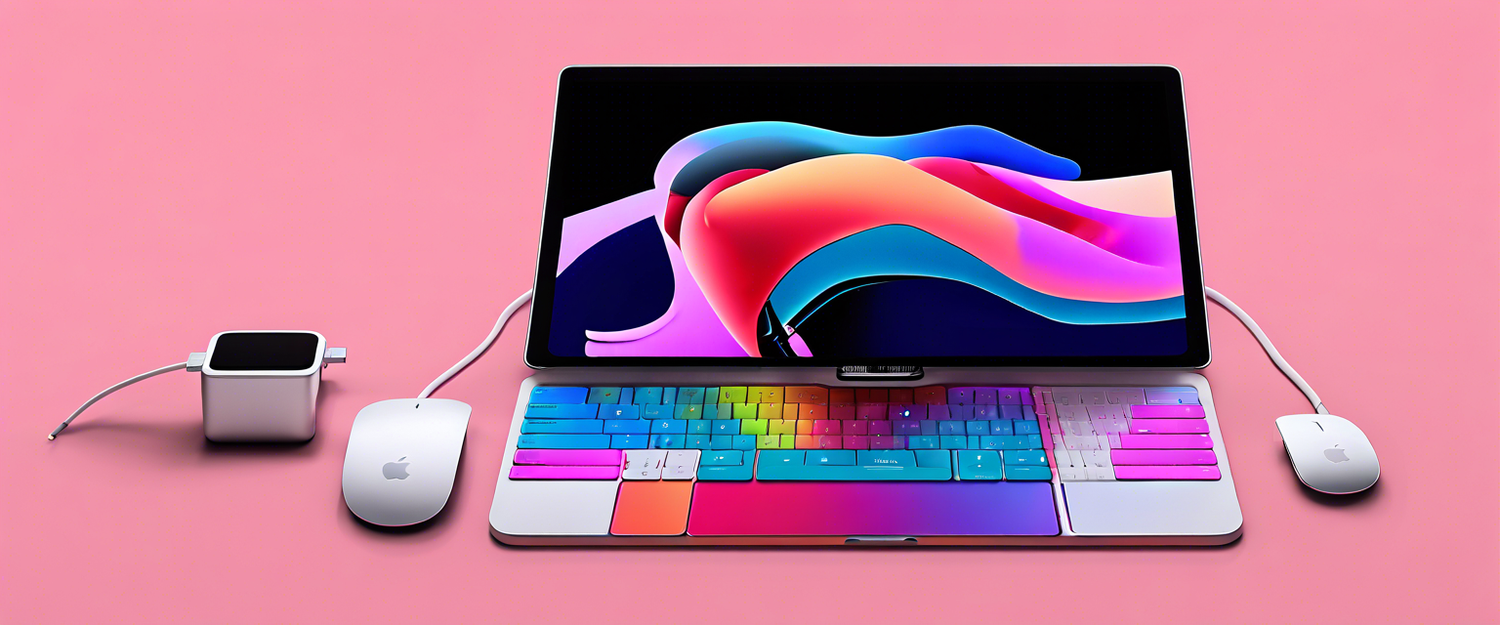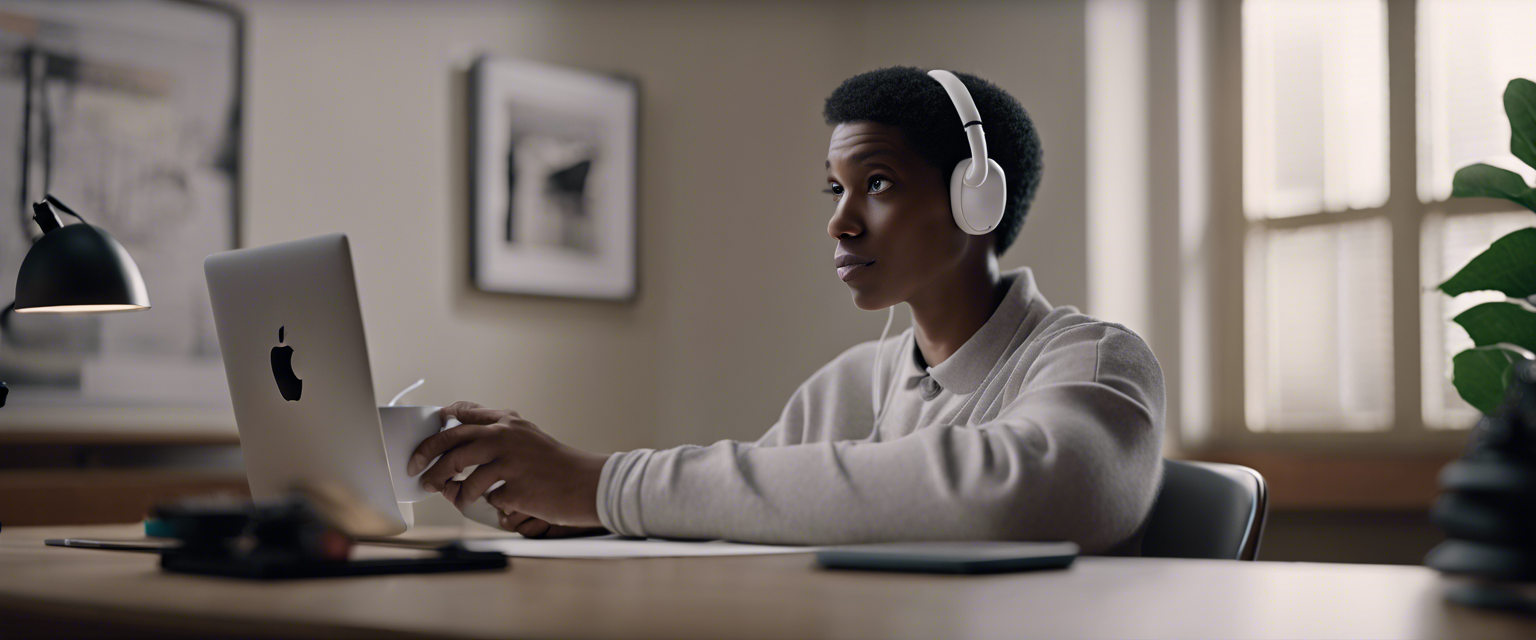Apple Transitions from Lightning to USB-C in Mac Accessories
In a significant shift, Apple has officially eliminated the Lightning port from its lineup of Mac accessories. This morning, the tech giant unveiled an updated version of the iMac featuring the new M4 chip, alongside refreshed versions of the Magic Keyboard, Magic Mouse, and Magic Trackpad. Notably, these accessories now incorporate USB-C technology, marking a departure from the proprietary Lightning port that has been in use since 2015.
Pricing and Availability of the New Accessories
Despite the transition to USB-C, the prices for these accessories align with their Lightning predecessors:
- USB-C Magic Mouse: $99
- Magic Keyboard (larger model with numpad): $199
- Magic Trackpad: $149
All three accessories are available in classic black or white. While Apple continues to maintain an element of mystery around the charging port for the Magic Mouse, the overall design appears largely unchanged based on the images released.
The Shift to USB-C: A Long-Awaited Change
The move to USB-C is not only welcome but also overdue. All Mac desktops and notebooks transitioned to USB-C as their primary connectivity port by 2018. In the same year, the iPad also adopted USB-C, and the iPhone followed suit in 2023. This latest change enables Apple device owners to phase out their USB-C-to-Lightning cables as Apple completes the transition across its accessory lineup.
Regulatory Pressure and Future Implications
The switch to USB-C was notably influenced by regulators in the European Union, who pressured Apple to make this change. The company responded by updating the Lightning port on the iPhone 15 last year, and it has been gradually enhancing its other devices with USB-C capabilities. For instance, last month marked the upgrade of the AirPods Max headphones to USB-C without many other changes.
Past Opportunities and Future Prospects
Over recent years, Apple has had various chances to modernize its computer peripherals, especially concerning charging mechanisms. With the release of the M1 Mac Mini in 2020, the redesigned M1 iMac in 2021, and the Mac Studio in 2022, Apple chose to retain the Lightning port until now. Presently, with the iPhone SE standing as the last major device featuring a Lightning port, users may expect a complete transition soon.
Conclusion
This latest development from Apple marks a significant evolution in their accessory designs, aligning them more closely with industry standards and enhancing convenience for users. The complete transition to USB-C not only simplifies connectivity but also echoes the broader trend towards universal charging solutions.
For more on Apple's innovations and product updates, check out our articles on Apple's history with USB-C and the latest Apple announcements.
For insights on regulatory impacts, visit the European Commission's official page.



Zostaw komentarz
Wszystkie komentarze są moderowane przed opublikowaniem.
Ta strona jest chroniona przez hCaptcha i obowiązują na niej Polityka prywatności i Warunki korzystania z usługi serwisu hCaptcha.